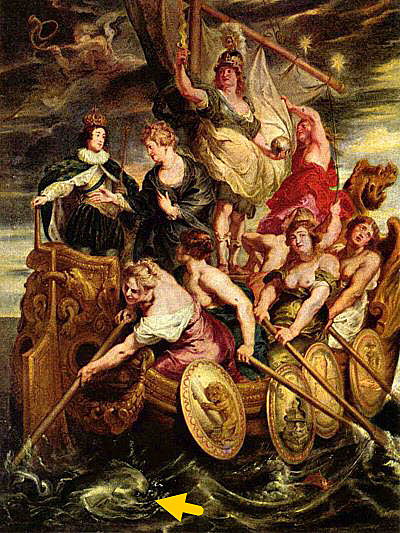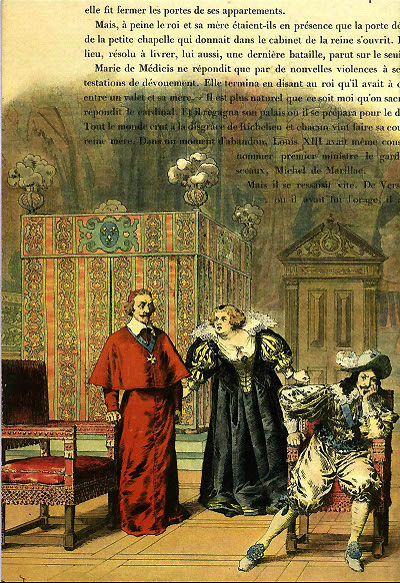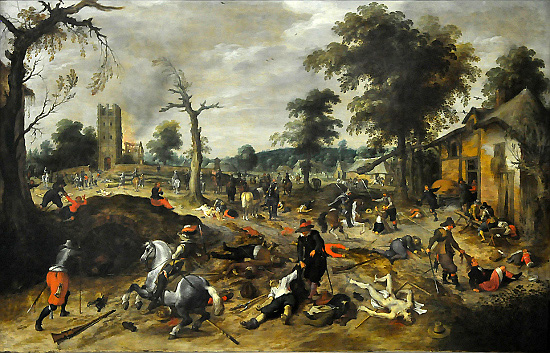MENU: 2.5. Nobles. Gods. Heroes
TOWARD 1500, EXPLORATIONS AND DISCOVERIES SET OFF A SUDDEN, LASTING AND GROWING DEMAND FOR SHIPS, SUPPLIES, TRANSPORT, ETC.
Towns and markets expand.
 |
Discoveries in 1502 /zoom |
The earliest known map of the Age of Discovery.
That economic boom undermines the social system. It creates a growing class of dynamic capitalists and brings an inflation that lessens the wealth of hereditary ruling class, the nobles, landowners whose income depends on immutable peasant dues.
They cannot profit from the new opportunities. Engaging in commerce means losing the privileges of a warrior caste, including exemption from taxes. As well, their upbringing and outlook are opposed to "trade" (please click and scroll down) and should they miraculously have the will and skills to follow that route, inflation gives them less and less capital to do so.
Portrait of a Knight in Armor, end 16th century / zoom
Those factors make their clash with the rising entrepreneurs inevitable. It is the underlying explanation for the French Revolution, though it takes three centuries for the conflict to break out.
# # #
Meanwhile almost everyone
believes in their superior essence,
which all aspects of society seem to confirm.







.JPG)
























